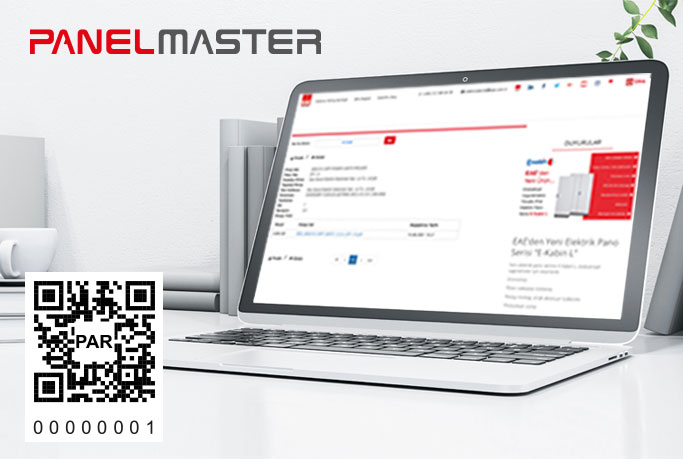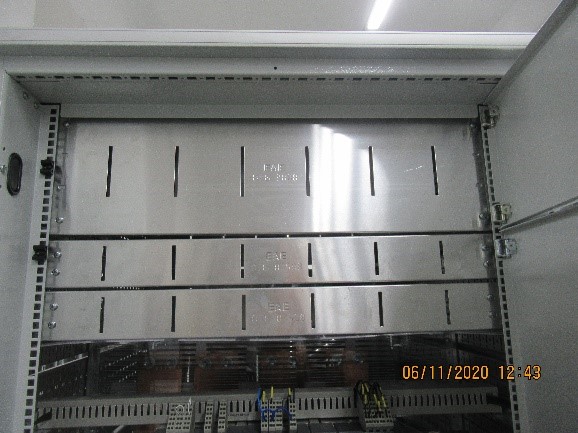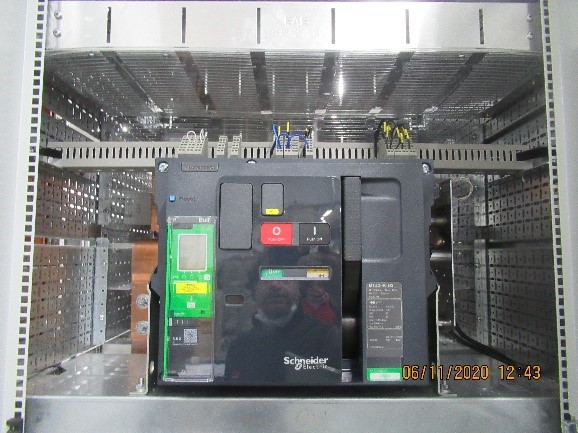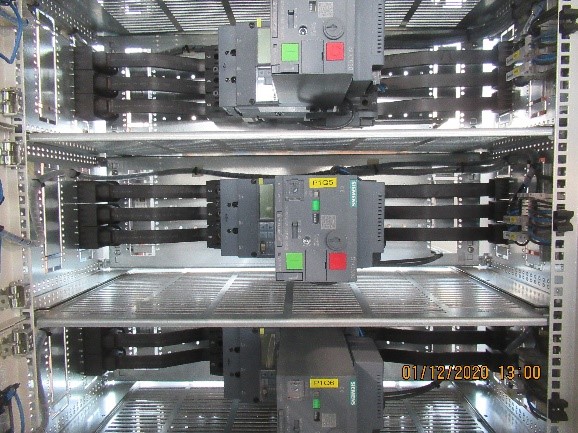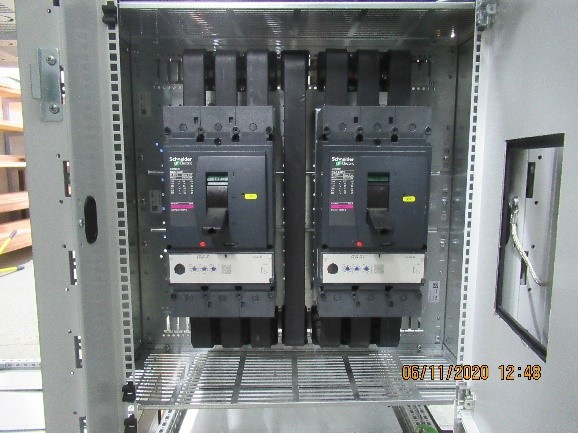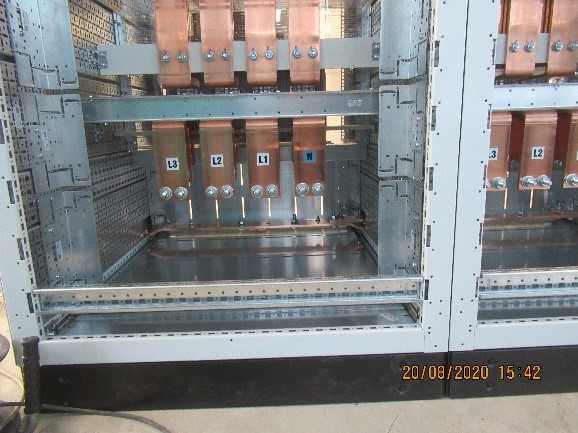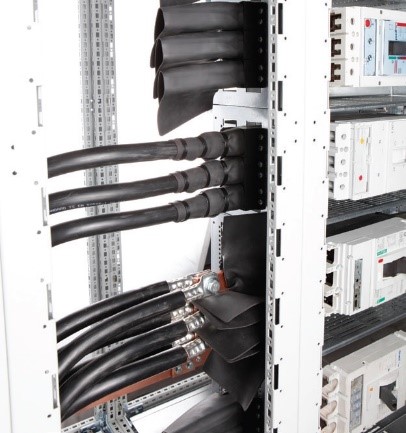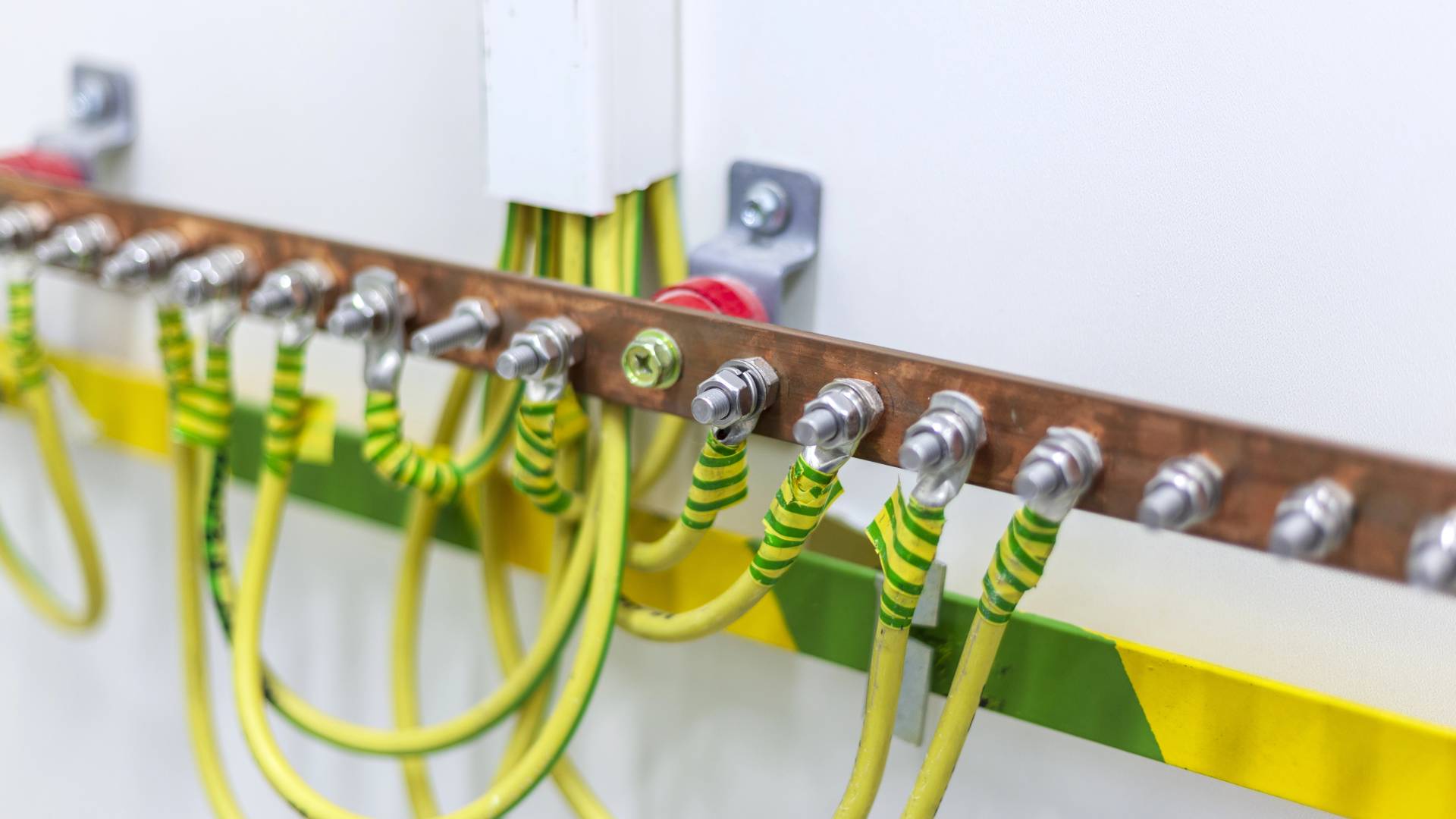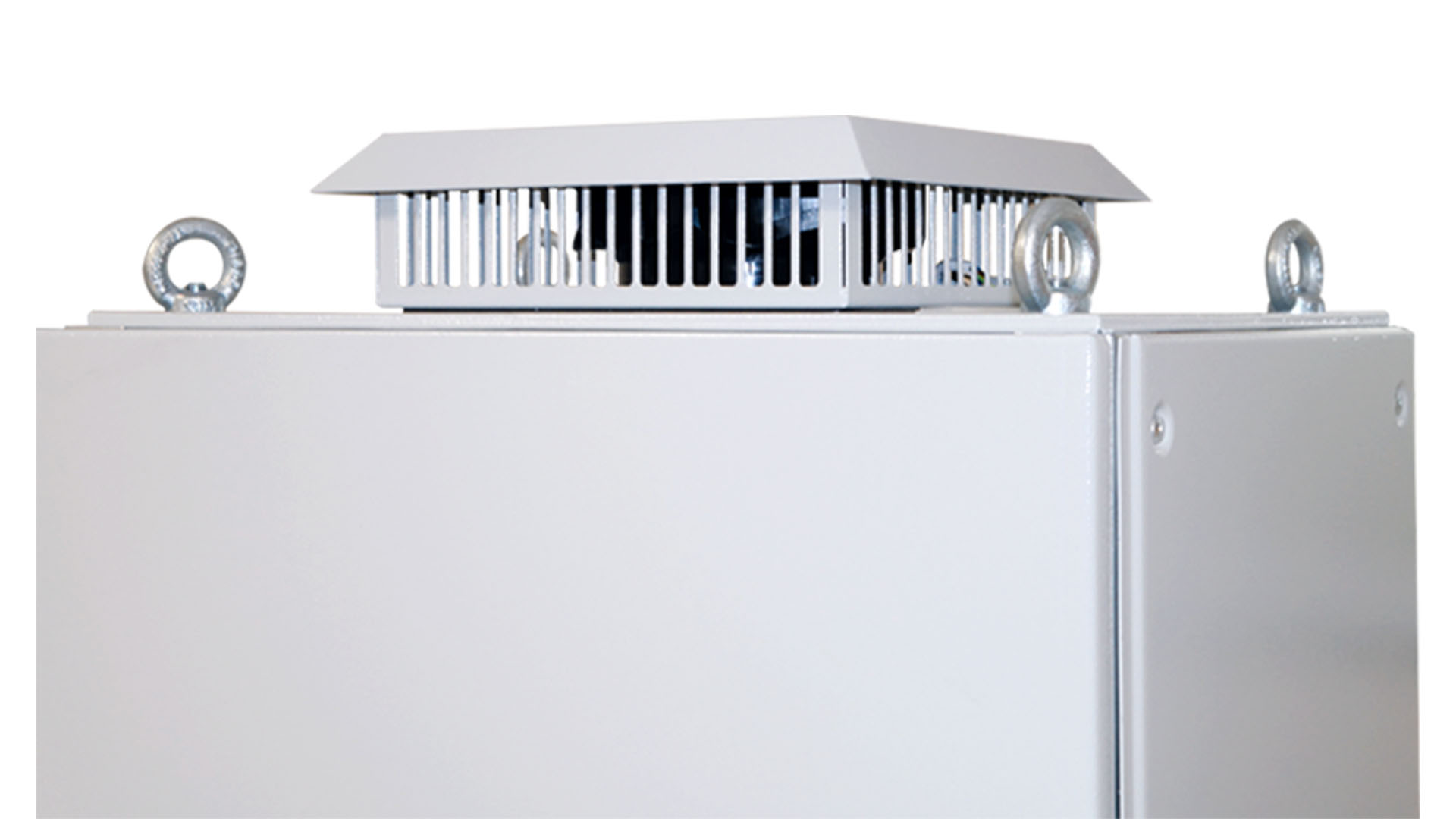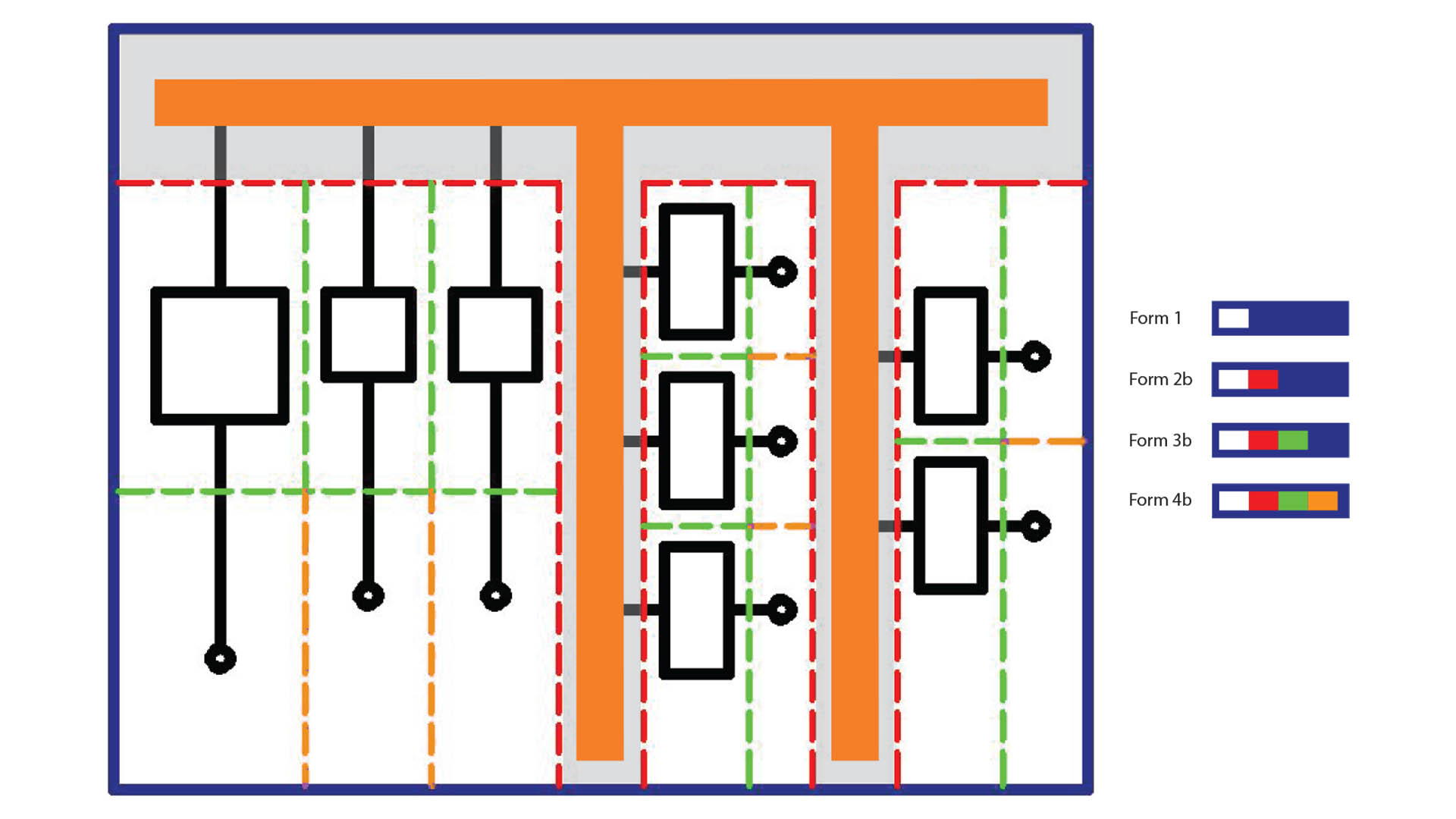
Form of Separation
One of the most important features to determine when defining low voltage switchgears is the form of separation, also known as internal separation. Inappropriate choices of form of separation types can cause switchgears to be more expensive than they should be or cause security problems. The type of internal separation to be selected is determined by agreement between the manufacturer and the end user, and the critical points to be taken into consideration when making the selection are listed below.
•
Nature of task to be performed and the access required. i.e. is access to functional units needed whilst adjacent parts are live?
•
Competence of person undertaking work whilst the remainder of the assembly is energized.
•
Usually, the higher the form of separation, the bigger the unit will be. Partitions take up additional space and can restrict airflow, warranting larger components to achieve required circuit ratings.
•
The higher the form of separation, the more barriers and partitions that will be required. The extra materials and labor will increase the cost of construction.
•
Is there a danger of small components falling from one compartment to another causing a hazard?
•
Can temporary barriers be effectively used during periods of maintenance to supplement the protection provided by separation.
•
Can temporary barriers be effectively used during periods of maintenance to supplement the protection provided by separation.
The separation process performed on the inside of the switchgear increases the security level of the switchgears. The divided sections are busbar section, functional unit section, external conductor connection terminals.
Busbar
to which one or several distribution busbars and/or incoming and outgoing units are connected. Conductors that are connected between a functional unit and a main busbar are not considered as a part of the main busbar.
Functional unit
, part of an assembly comprising all the electrical and mechanical elements including switching devices that contribute to the fulfilment of the same function.
Terminals for external conductors
; connection sections where the incoming and outgoing to the switchgear are made.

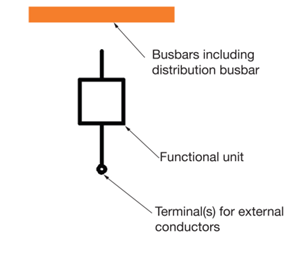
The primary function of switchgear assembly separation is to protect the installer or operator from any electrical risk. Assembly separation facilitates safe access for personnel by ensuring the following.
•
- Protection against contact with live components belonging to the adjacent functional units. The degree of protection must be at least IPXXB
•
- Protection against solid foreign bodies is being passed from one unit of an assembly to an adjacent unit. The degree of protection shall be at least IP2X.
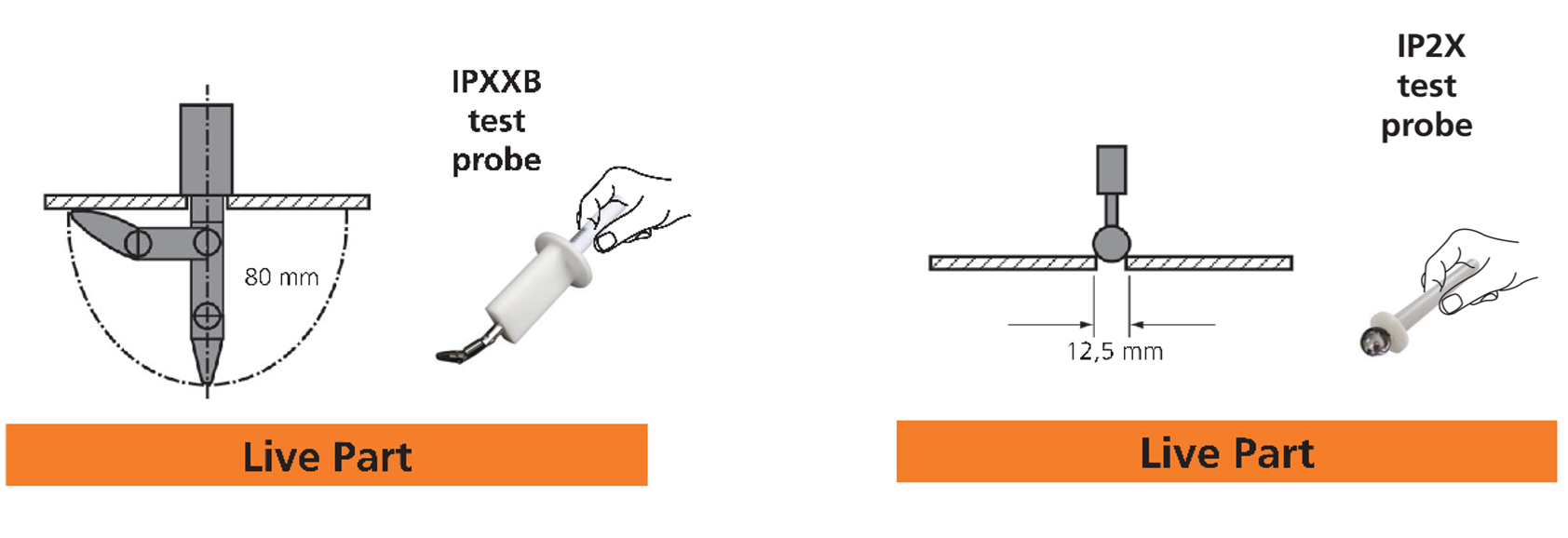
In 2020 edition of IEC 61439-2 following clause is added with respect to protection against direct contact.
According to IEC 61439-2:2020 Clause 8.101:
“Unless otherwise agreed between the user and the manufacturer, when the form of internal separation is higher than 1, all parts within the functional unit compartment that remain live when the functional unit is switched OFF shall be protected to at least IPXXB. This requirement only applies when the removable cover or door, as used for normal access to the functional unit, is removed or opened.
NOTE-1: The degree of protection IP2X covers the degree of protection IPXXB. IP2X covers the prevention of entry of solid foreign bodies and the prevention of contact with hazardous parts.
NOTE-2: Separation can be achieved by means of partitions or barriers (metallic or non-metallic), insulation of live parts or the integral housing of a device e.g. a molded case circuit-breaker.”
Simple Schematic Views of Form of Internal Separations
|
|
Form-1
No internal separation
| 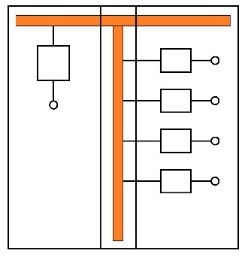 |
Form-2a
Separation of busbars from all functional units. Terminals for external conductors not separated from busbars.
| 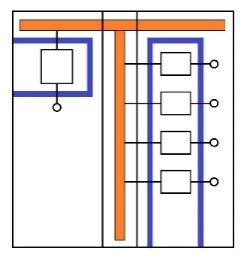 |
Form-2b
Separation of busbars from all functional units. Terminals for external conductors separated from busbars.
| 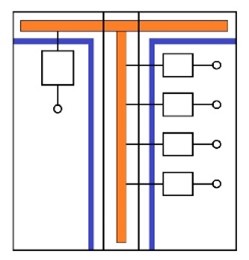 |
Form-3a
Separation of busbars from all functional units. Separation of all functional units from one another. Separation of terminals for external conductors and external conductors from the functional units, but not from the terminals of other functional units Terminals for external conductors not separated from busbars.
| 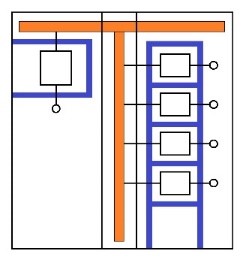 |
Form-3b
Separation of busbars from all functional units. Separation of all functional units from one another. Separation of terminals for external conductors and external conductors from the functional units, but not from the terminals of other functional units Terminals for external conductors and external conductors separated from busbars.
| 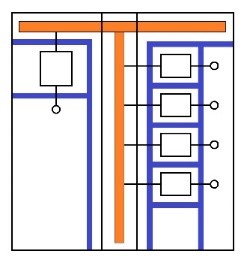 |
Form-4a
Separation of busbars from all functional units. Separation of all functional units from one another. Separation of terminals for external conductors associated with a functional unit from other functional units and their terminals for external conductors. Separation of the external conductors from busbars. Terminals for external conductors in same compartment as associated functional unit.
| 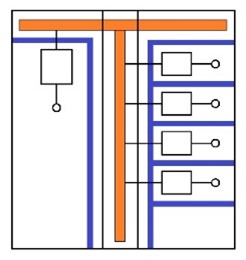 |
Form-4b
Separation of busbars from all functional units. Separation of all functional units from one another. Separation of terminals for external conductors associated with a functional unit from other functional units and their terminals for external conductors. Separation of the external conductors from busbars. Terminals for external conductors not in the same compartment as the associated functional unit, but in individual, separate, enclosed protected spaces or compartments.
| 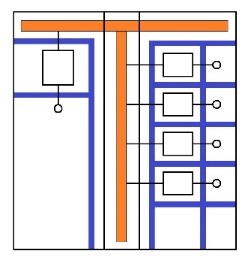 |
Applications
Main Distribution Switchgear
Special metallic or non-metallic accessories designed by the original manufacturer are used for form of separation in main distribution switchgears. These accessories must be used in accordance with the manufacturer's instructions and checked with test probe. Apart from these form accessories, separation can also be made by means of integral housing of the device, such as a molded case circuit breaker (MCCB) as specified in IEC 61439-2 Clause 8.101. (Picture-3)
1.
Functional unit separation
2.
Busbar separation
3.
Separation between functional units (vertical)
4.
Separation between functional units (horizontal)
5.
Air circuit breaker (ACB) external terminals separation
6.
Molded case circuit breaker (MCCB) external terminals separation
Wall-Mounted Switchgear
Form 1 or Form 2b is mostly preferred in wall mounted type switchgears. No partition is foreseen for Form 1.
Form 2b switchgears:
•
Separation of busbars from all functional units.
•
Terminals for external conductors separated from busbars.
In order to ensure the specified features, the following control criteria must be observed within the switchgear.
1.
Original terminal covers must be used at the main switching device incoming and outgoing side.
2.
Power distribution should be done using insulated modular distributors.
3.
Side protection covers of the busbars must be used.
4.
Electrical connections within the switchgear must be checked with a test probe to ensure that they are at minimum IP2X level

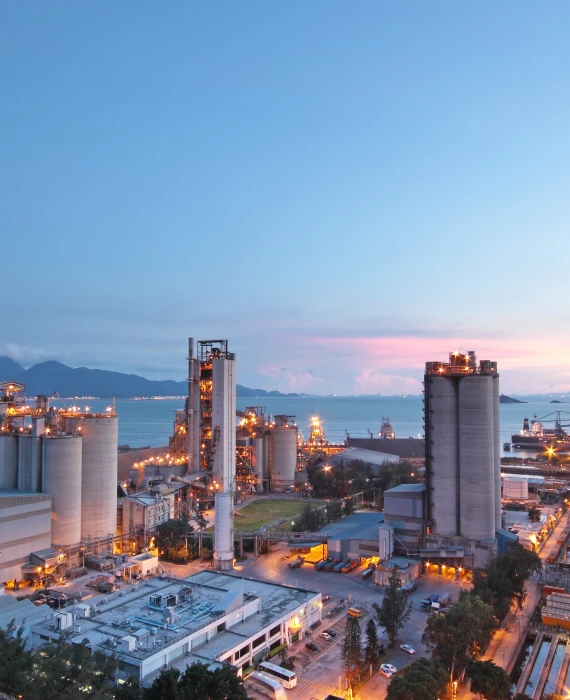





_shutterstock_750265378.webp)

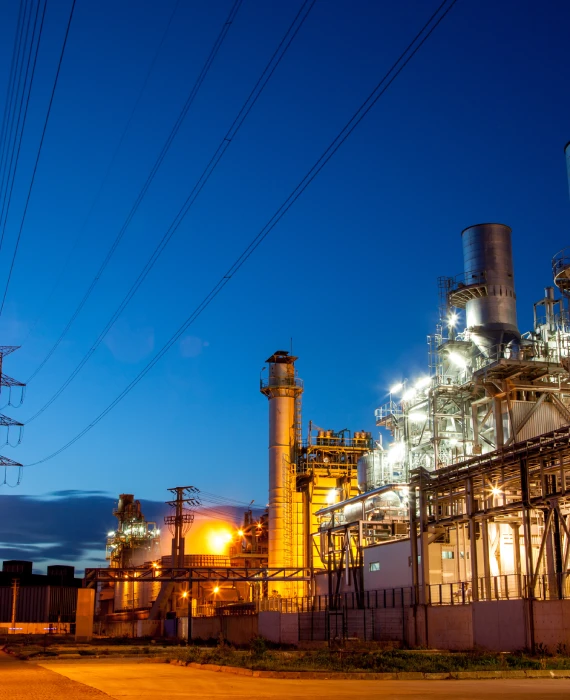
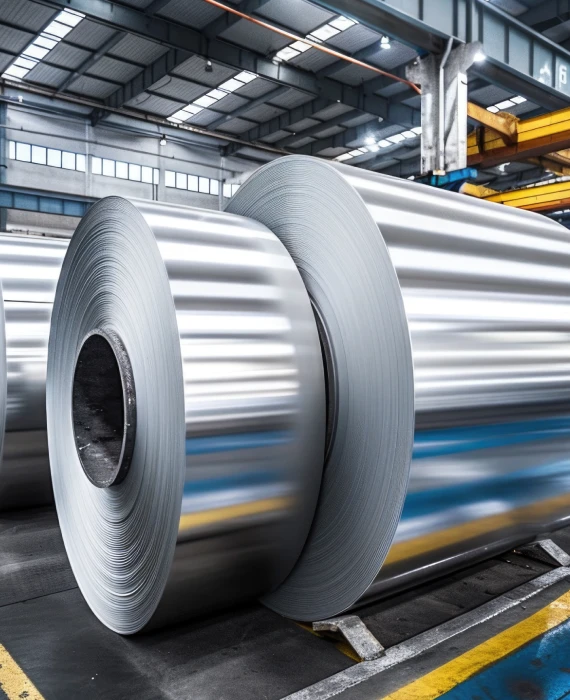

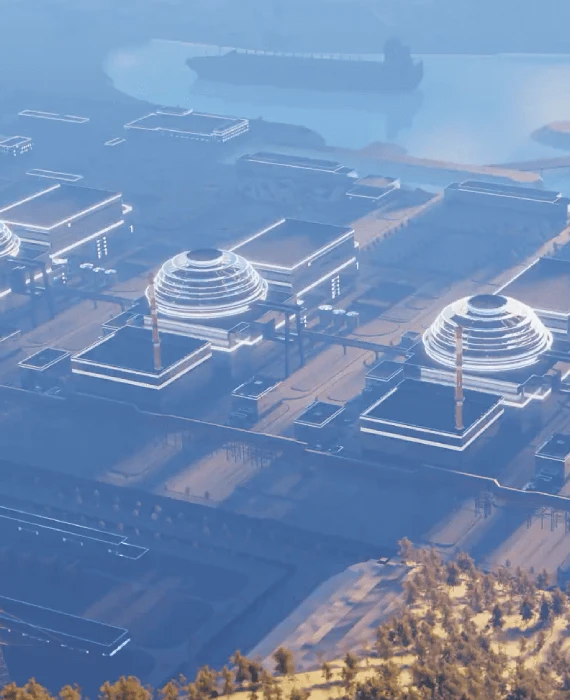


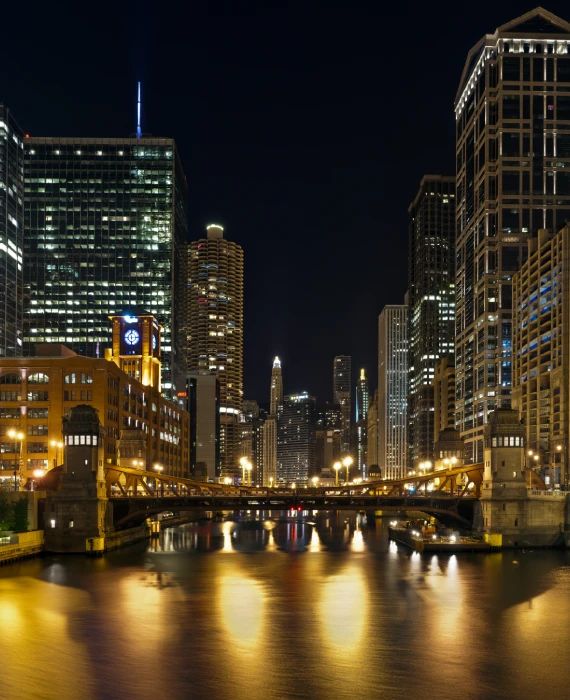
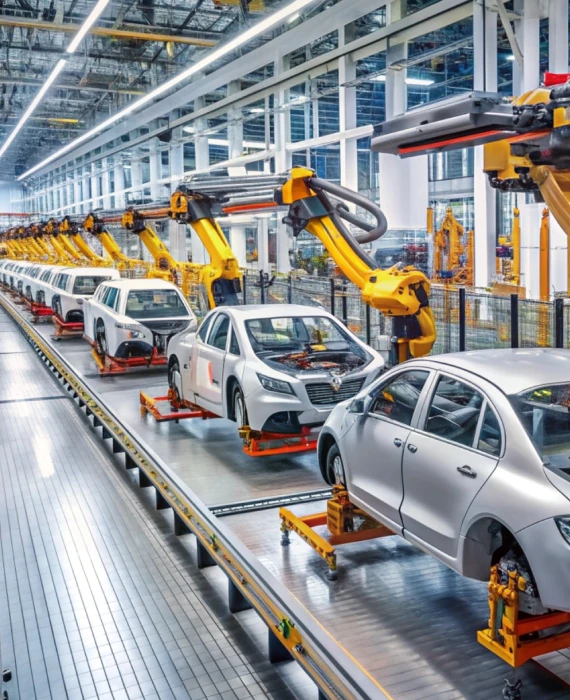

.jpg)
.jpg)
.jpg)
.jpg)
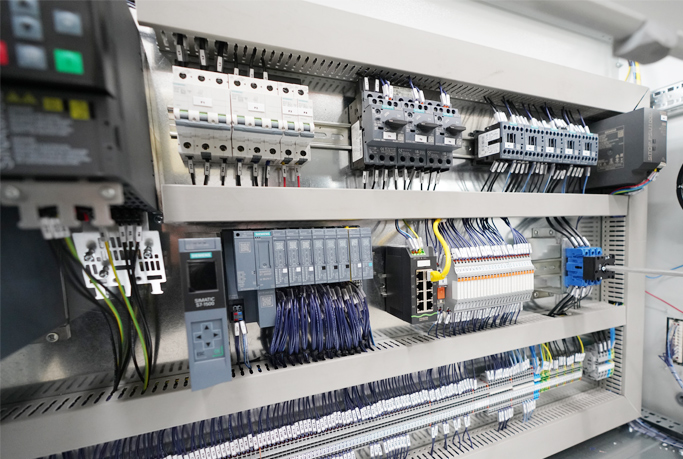
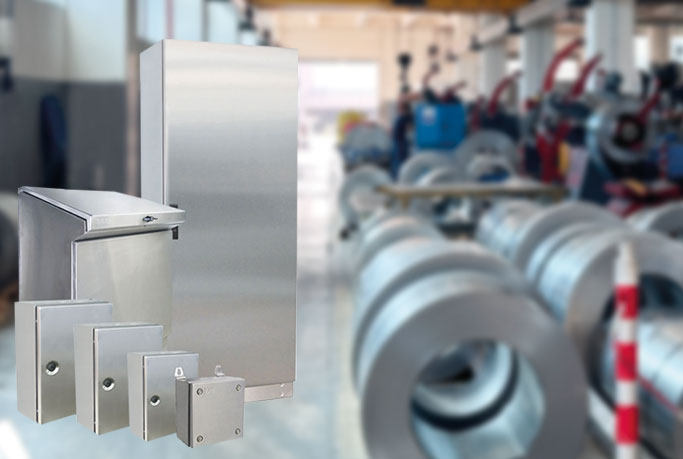

.webp)
.jpg)
.jpg)
.png)
.jpg)
-(1)-(1).jpg)

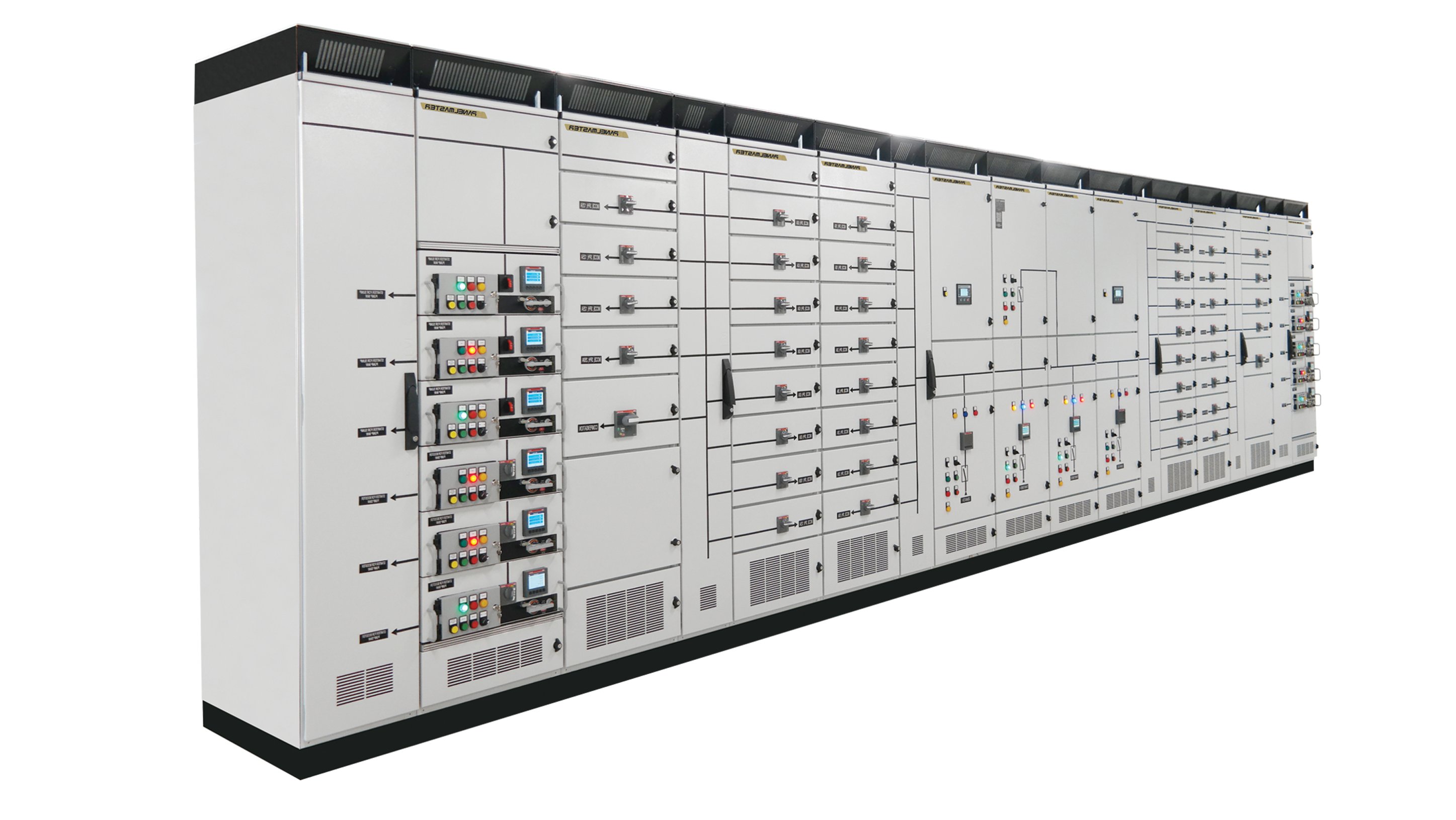
-(1).jpg)
-(1).jpg)
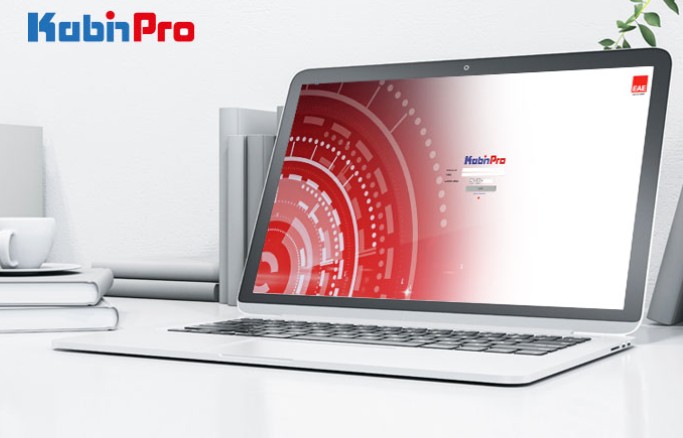
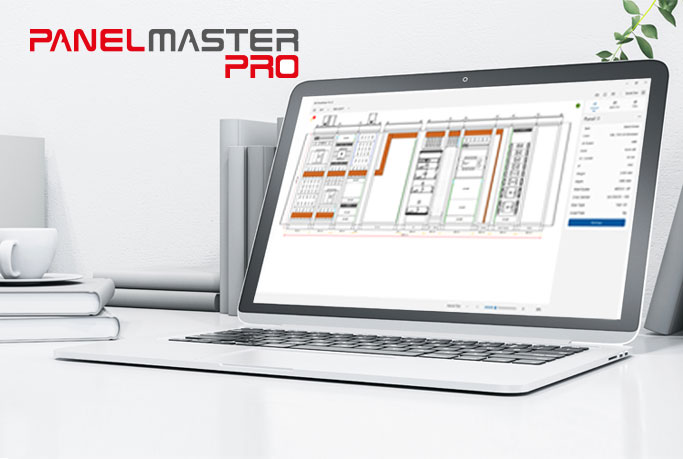
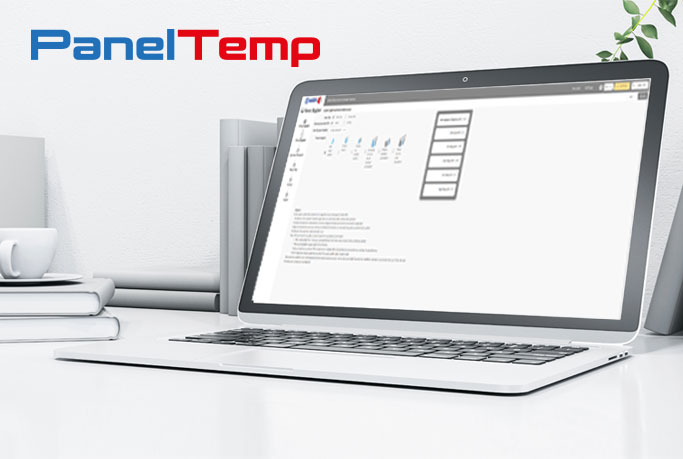

.jpg)
.jpg)
